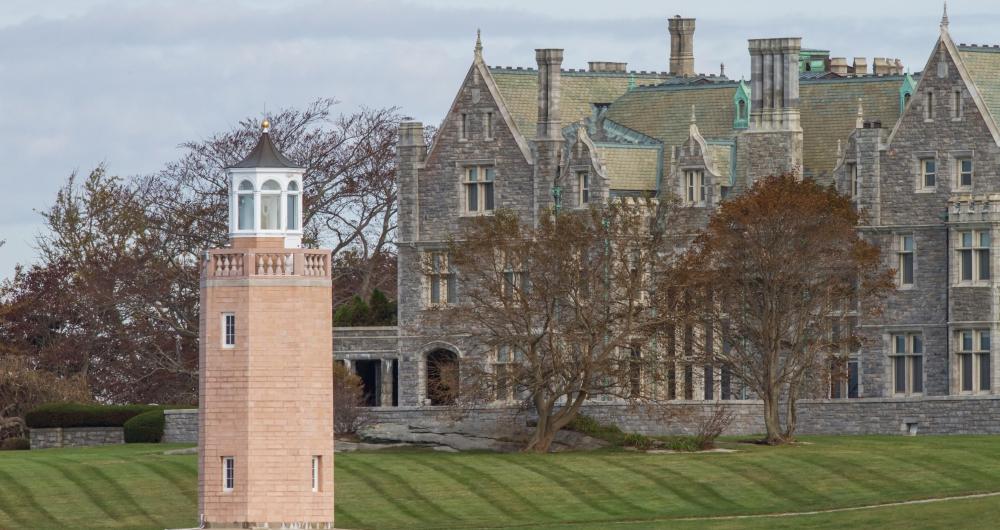“I didn’t expect to feel awe on a submarine—but Groton knows how to surprise you.” That moment happened in the narrow corridor of the USS Nautilus, surrounded by dials and bunks barely wider than my shoulders. Groton, Connecticut—a name I’d previously associated with naval history—opened itself slowly, like the pages of a field journal. What I found was a place where past and present are tightly threaded, where ocean wind meets battlefield stillness, and where you can end a day of deep reflection with a local brew and a plate of something warm and perfect.
Best Things to Do in Groton, CT

USS Nautilus
I started at the Submarine Force Museum, home to the historic USS Nautilus—the world’s first nuclear-powered submarine. The museum itself offered layers of naval history, artifacts, and eye-level insight into life underwater. But it was stepping aboard the Nautilus that made me pause. The narrow bunks. The control panels still full of switches and worn labels. “They did this for months at a time?” I whispered, and not to anyone in particular. The scent was a mix of metal and museum polish, and the quiet hum of recorded narration guided me through with reverence.

Bluff Point State Park
Next, I headed to Bluff Point State Park, where a coastal trail winds through forest and opens to sweeping views of Long Island Sound. The breeze off the water was sharp and fresh, filled with salt and pine. Cyclists passed me on the gravel path, and I watched ospreys dive in the distance. I reached the bluff, stood still, and let the wind hit me full in the chest. “This is what clearing your mind feels like,” I thought.
After hiking back, I drove to Paul’s Pasta Shop, perched beside the Thames River. I ordered the spinach-stuffed shells with marinara and a hunk of garlic bread that smelled like heaven itself. The pasta was pillowy, the sauce rich and tangy. I sat by the window, watching the river move, and felt deeply content.
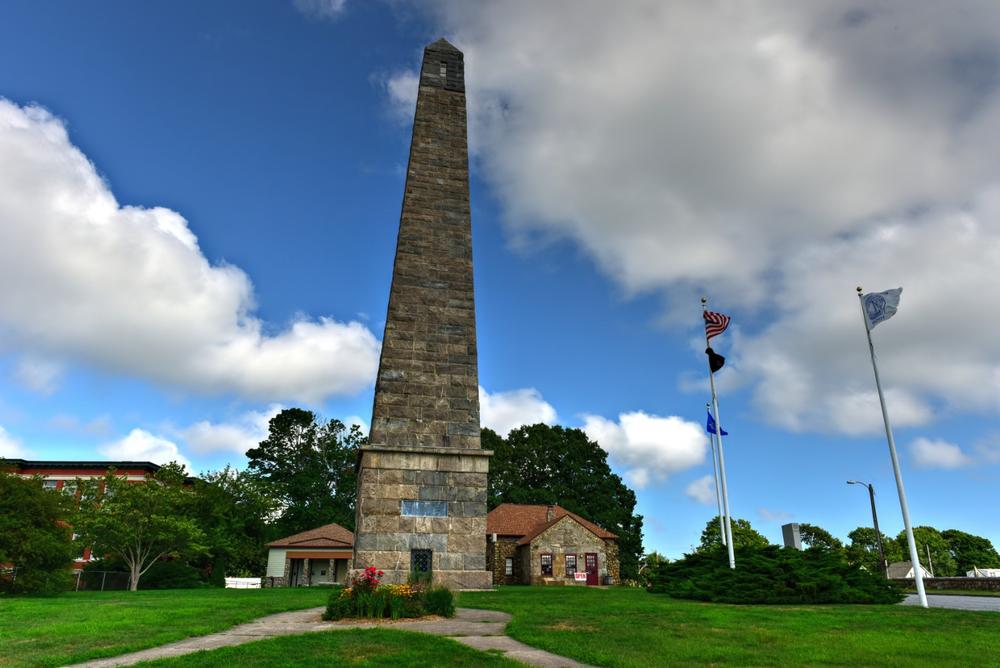
Fort Griswold Battlefield State Park
Fort Griswold Battlefield State Park was next—a quiet, powerful stop. The earthen ramparts still stand where American soldiers once faced overwhelming odds in the Revolutionary War. I climbed the steps to the granite monument and looked out across the Thames, trying to imagine redcoats coming up the hill. The museum nearby displayed worn rifles and faded maps, and outside, the old powder magazine still smelled faintly of stone and soil. It was haunting, but also grounding.
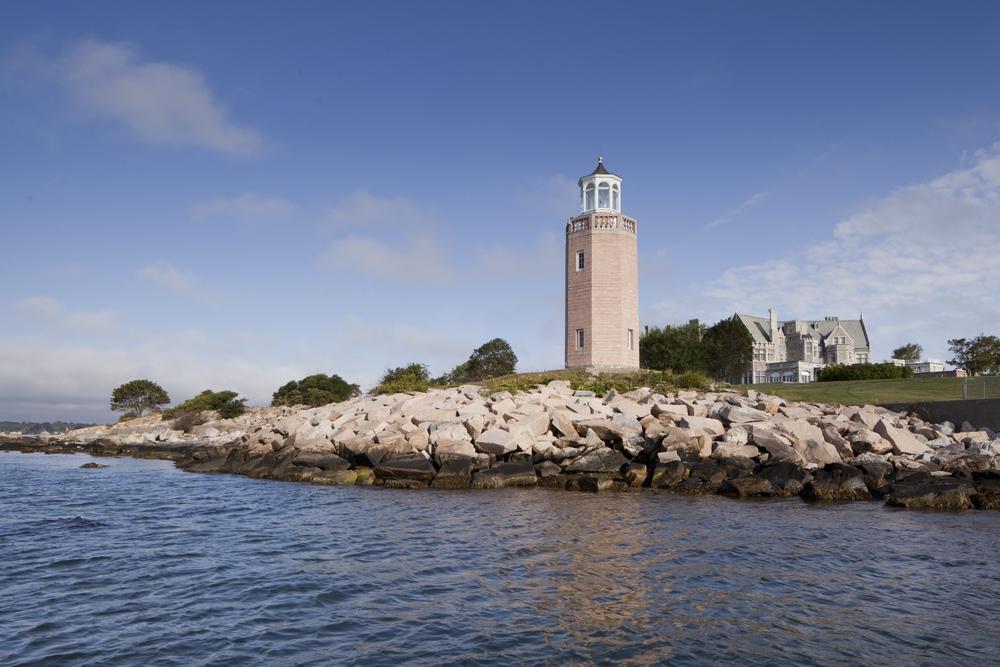
Avery Point Light
I walked off some of the emotion at Avery Point Light, a beautifully modest lighthouse on the UConn Avery Point campus. The path wrapped along the shoreline, and I sat on a bench watching sailboats stitch across the Sound. The wind smelled like sea spray and fresh-cut grass. It was quiet in a lovely, deliberate way—like the sea itself was trying to speak.
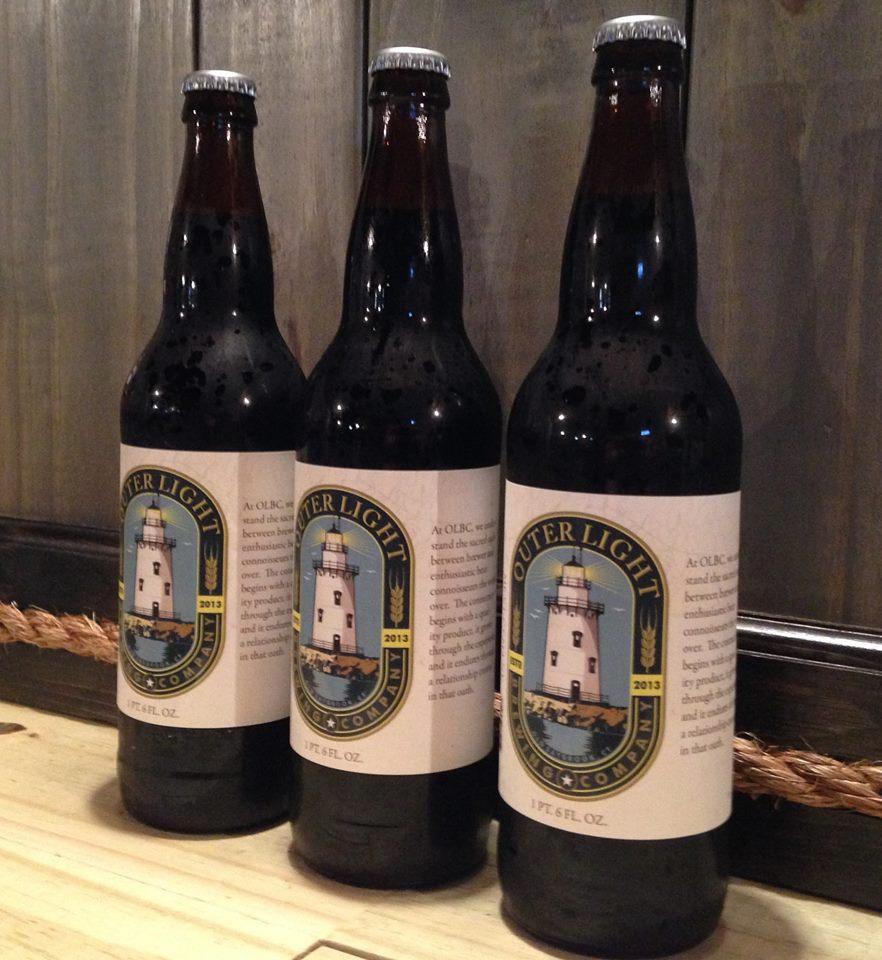
Outer Light Brewing Company
For a break, I stopped at Outer Light Brewing Company, a relaxed local spot with a nautical theme and plenty of friendly faces. I ordered the “Lonesome Boatman” IPA and sat near the open garage door. The beer was citrusy with a dry finish, perfect after a salty breeze and long walk. Dogs lounged at their owners’ feet, and the room smelled like hops and soft pretzels. I could’ve stayed for another, but Groton still had more stories to tell.
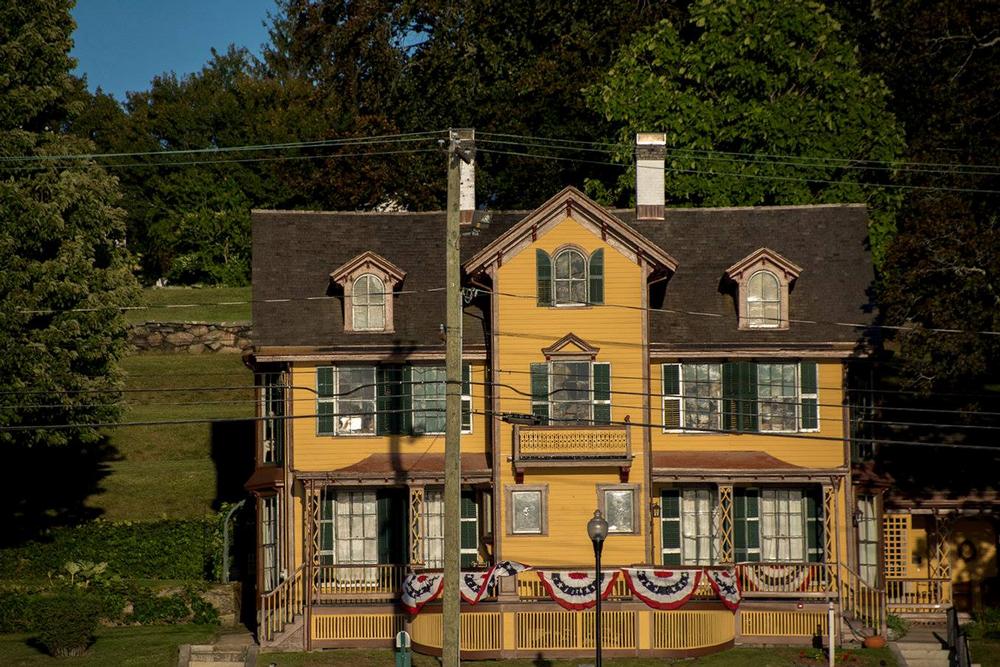
Avery-Copp House
The Avery-Copp House brought the past closer to home. This lovingly preserved 19th-century house told the story of one family over multiple generations. The wallpaper was original. The furniture creaked when I brushed by. A docent walked me through rooms with quiet pride, describing how each piece had been lived with—not just looked at. I stood in the parlor and imagined piano notes drifting out of open windows on summer evenings. "History feels softer in places like this," I thought.

Haley Farm State Park
My last nature stop was Haley Farm State Park, where wide paths curve past dry-stacked stone walls and open fields. It used to be farmland, and you can still feel the rhythm of it—quiet, useful, beautiful in its simplicity. I saw a heron lift from a marshy bend, slow and wide-winged, and followed the trail until the light began to soften.
For dinner, I stopped at The Fisherman Restaurant, tucked near the Groton shore. I ordered the broiled scallops with lemon butter and a side of risotto. The scallops were tender and ocean-sweet, the butter just sharp enough. The room smelled like the sea on a warm night—salt, garlic, and something crisp from the fryer. I sipped a glass of white wine and watched the sunset slip behind the marina.
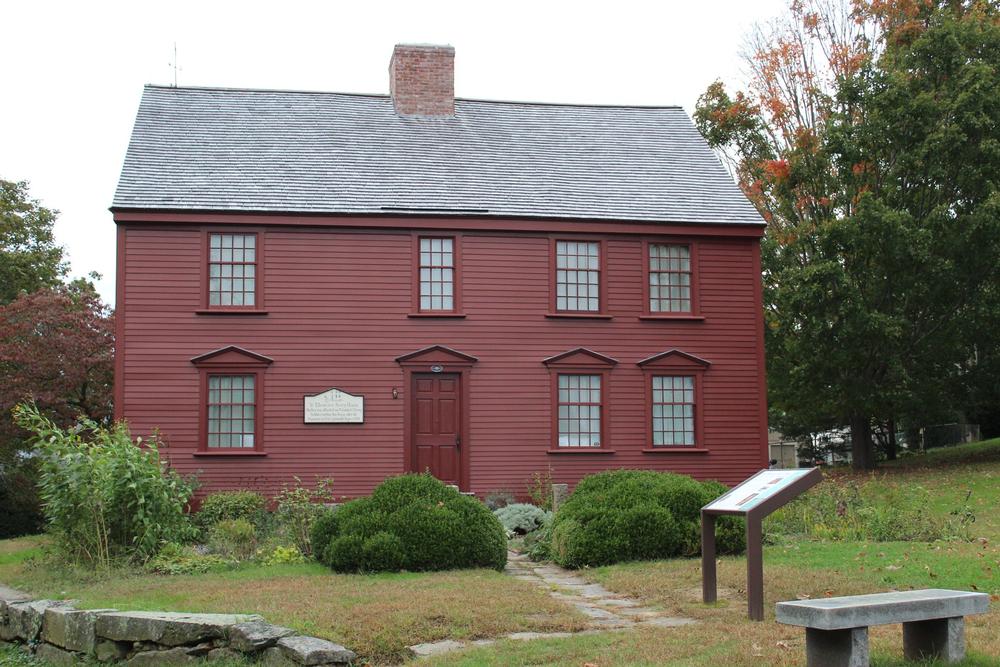
Ebenezer Avery House and Museum
My final visit was to the Ebenezer Avery House, a stone home where wounded soldiers were taken after the 1781 Battle of Groton Heights. It’s furnished with care, and the tour was quiet and respectful. I stood in a corner of the upstairs bedroom, imagining someone staring at the ceiling, wounded but alive, surrounded by kindness in the middle of war. I left in silence, deeply moved.
Groton At a Glance
- Drive Time from Hartford, CT: ~1 hour 15 minutes southeast
- Vibe: Maritime grit with a soft, reflective heart
- Highlights: Submarine tours, coastal hikes, historic homes, scenic breweries
- Best Time to Visit: Late spring to early fall for ideal trail weather and ocean breezes
- Cost: Mostly low-cost or free; museums and state parks are donation-based
- Food Tip: Paul’s Pasta is a local legend—go early or be prepared to wait
- Local Secret: Bluff Point is stunning at golden hour; bring bug spray and stay for sunset
Travel Tips: Best Time to Visit
In my experience, late spring through early fall (May–October) is the sweet spot for Groton. That’s when you can really enjoy the beaches, boat rides, and long days outdoors. Fall is beautiful too—you’ll find colorful foliage and a lot more breathing room. Winters are peaceful, and I like visiting museums and taking scenic drives along the coast without the summer rush.
How to Get There
- If you are traveling by car: I usually drive in from the city—it’s about 2 hours from Boston and 2.5 from NYC via I-95. Super easy, and the coastal route is lovely.
- By Train: Amtrak and Shore Line East make things simple. I’ve hopped off at New London Station and caught a quick taxi or rideshare across the river to Groton—it’s all pretty seamless.
- By Ferry: If you’re coming from Long Island, the ferry to New London is such a relaxing way to travel. You’ll be near Groton as soon as you dock—it’s a great way to start a coastal getaway.
Where to Stay
- Hilton Garden Inn Mystic/Groton – I’ve stayed here for easy access to both Groton and Mystic. You’ll appreciate the indoor pool and how close it is to everything—great for families or first-time visitors.
- Hampton Inn Groton – This one's solid if you’re traveling with kids or just want a comfy base. I liked the free breakfast and the location—it’s close to the highway but still feels quiet.
- Thames Inn & Marina – I love a waterfront stay, and this inn delivers. You’ll get cozy rooms and marina views right on the Thames River. If you’re into boating, it’s a perfect pick.
Final Thoughts
Groton isn’t loud about what it offers—but if you listen, it tells a layered story. It’s a place where submarines rest beside wildflower trails, where battles are remembered and fudge is still homemade. I left with sea salt on my skin, old maps in my head, and a better understanding of what it means to be part of something greater than yourself.


